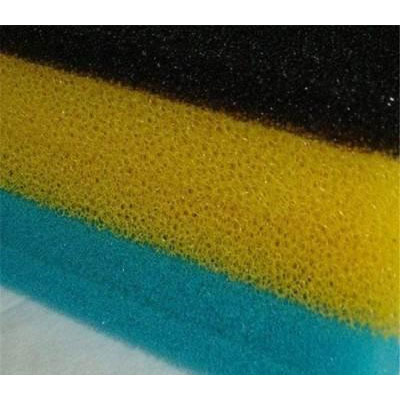Cell opener is a special type of surfactant, generally containing hydrophobic and hydrophilic segments or groups, adsorbed on the surface of the bubble, and by adjusting the surface tension of the foam wall, the gas in the cell can easily break through the wall membrane , so as to improve its opening rate and solve the problems of foam shrinkage caused by closed cells. The ideal cell opener can rupture the cells near the gel point of the foam. When the cells are opened, the air flows between the cells, and the shrinkage rate of the foam after molding is greatly reduced, and it gives the foam lower hysteresis and inflatable feeling, reduces the fatigue of the foam, and improves the durability of the foam.
The cell-opening effect of the cell-opening agent can be quantitatively characterized by the settling rate of the foam. In the formula with the opening agent added, the oxygen index of the foam is reduced, and the flame retardancy is deteriorated. Cell openers can increase the elongation at break to a certain extent, improve foam elasticity and hand feel, but also reduce foam breaking strength and hardness.


